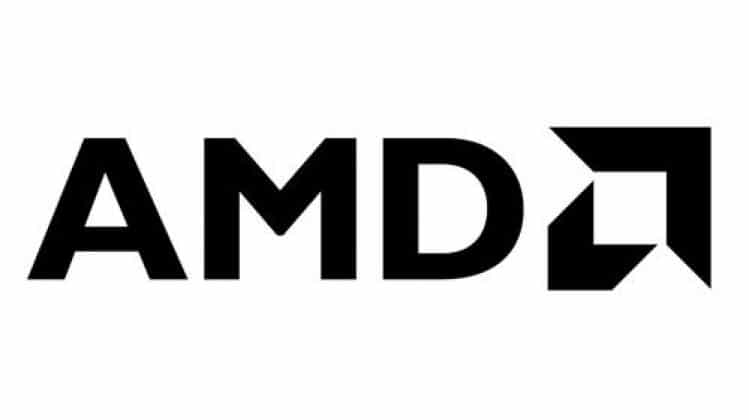Review and testing of video cards for laptops AMD Radeon R5 M230: Test | Specs | CPU | Config – The graphics card for notebooks from AMD, codenamed Radeon R5 M230, belongs to the next generation graphics accelerators, despite the fact that the graphics card is based on the GCN architecture. The Radeon R5 M230, like all mobile video cards from AMD of the 200 series, is manufactured according to the 28 nm process technology. Apparently, the new video adapter should replace the previous generation video card Radeon HD 8570M on the market.
So, the Radeon R5 M230 is based on a GPU, which includes 320 stream processors, 20 texture units, 4 ROP units and a 64-bit memory controller (DDR3). The adapter can have up to 4 GB of memory on board, and with a GPU core frequency of 855 MHz, a peak performance level of 547 gigaflops (single precision) is reached. Radeon R5 M230 belongs to the category of entry-level graphics solutions, however support for DirectX 11.2 is available. This video adapter can handle modern demanding games only at low detail settings and low display resolutions. The R5 series graphics cards have many features and additional capabilities. For example, ZeroCore technology saves energy consumption when the display is off, and Power Gating temporarily deactivates those areas of the chip that are not currently being used. Enduro automatically switches between integrated and discrete graphics (a follow-up to AMD Dynamic Switchable Graphics). Support for multiple monitors with Eyefinity, and overclocking / decelerating the graphics frequency with PowerTune within the specified TDP (the frequency can be lowered when running FurMark and OCCT, and increased in some games).
Supported technologies
ATI PowerPlay Is a dynamic power management technology used in some graphics processing units (GPUs) manufactured by AMD (formerly ATI). The principle of operation is based on tracking the GPU load, determining the optimal parameters and correspondingly changing the clock frequency of the chip, memory and supply voltage, thereby optimizing the power consumption and heat dissipation of the video card. The technology in idle modes can disable unused GPU blocks.
ATI Eyefinity — a technology developed by the American company AMD that allows multiple displays to be connected together to a personal computer. ATI Eyefinity assumes connection from one to six displays inclusive to one graphics card. Desktop duplication and stretching modes are supported across multiple monitors, and a special new feature allows displays to be grouped into one large screen that can display a PC desktop or, for example, video, as well as windowed or full-screen 3D applications.
AMD HD3D — The technology is supported by an extended and open ecosystem that, when combined with specific AMD hardware and software technologies, enables the 3D viewing of many applications and processes on the PC.
AMD Enduro — Automatically disables AMD Radeon discrete graphics for lightweight applications and extends battery life.
AMD Zero Core — In a deep idle state, the new GPU consumes less than 5% of the power of full-fledged mode, disabling most of the functional blocks in this mode.
Specifications
| AMD Radeon R5 M230 | ||
| Manufacturer | ||
| AMD | ||
| Series | ||
| R5 M200 | ||
| Architecture | ||
| GCN | ||
| Streams | ||
| shraders 320 | ||
| Core clock speed | ||
| 855 MHz | ||
| Memory frequency | ||
| 2000 MHz | ||
| Memory bus width | ||
| Page 64 | ||
| Memory type | ||
| DDR3 | ||
| Memory Amount | ||
| 2048 MB | ||
| DirectX | ||
| DirectX 11.1, Shader 5.1 | ||
| <technology< td=””> </technology<> | ||
| 28 n.m. |
Synthetic tests
- 3DMark (2013) – Fire Strike Standard Graphics:745
- 3DMark 11 – Performance GPU: 1210
Game testing
The Elder Scrolls V: Skyrim. At medium settings (1366×768, Medium, 4xAA), the average number of FPS in the game was 25. At high graphics settings (1366×768, High 8xAA, 8xAF) – 16 PS.
AMD Radeon R5 M230:Medium,(1366×768)25%
AMD Radeon R5 M230:High, (1366×768)16%
Intel Iris Pro Graphics 5200: Medium,(1366×768)36%
Intel Iris Pro Graphics 5200:High, (1366×768) 21%
Metro: Last Light. At medium graphics settings (1366 x 768, Medium, DX11, 16AF) – 10 FPS. When the graphics settings were increased to the level (High, DX11, 16xAF}, the average FPS level dropped to 13.
AMD Radeon R5 M230:Medium,(1024×768)13%
AMD Radeon R5 M230:High,(1366×768)10%
Intel Iris Pro Graphics 5200: Medium,(1366×768)35%
Intel Iris Pro Graphics 5200:High,(1366×768)18%
BioShock Infinite. At medium settings (1366×768, Medium, AF, AA), the average number of FPS in the game was 23. At high graphics settings (1366×768, High, AA, AF) – 19 FPS.
AMD Radeon R5 M230: Medium,(1366×768)23%
AMD Radeon R5 M230:High, (1366×768)19%
Intel Iris Pro Graphics 5200: Medium,(1366×768)40%
Intel Iris Pro Graphics 5200:High, (1366×768)35%
Tomb Raider. The resolution is 1366×768 pixels, the graphics settings in the game (Normal, FXAA 4xAF), the average FPS was 26. When the resolution was increased to 1366×768 pixels, the graphics settings in the game (High, FXAA 8xAF) averaged 17 FPS.
AMD Radeon R5 M230: Medium,(1366×768)26%
AMD Radeon R5 M230:High, (1366×768)17%
Intel Iris Pro Graphics 5200: Medium,(1366×768)58%
Intel Iris Pro Graphics 5200:High, (1366×768)35%















